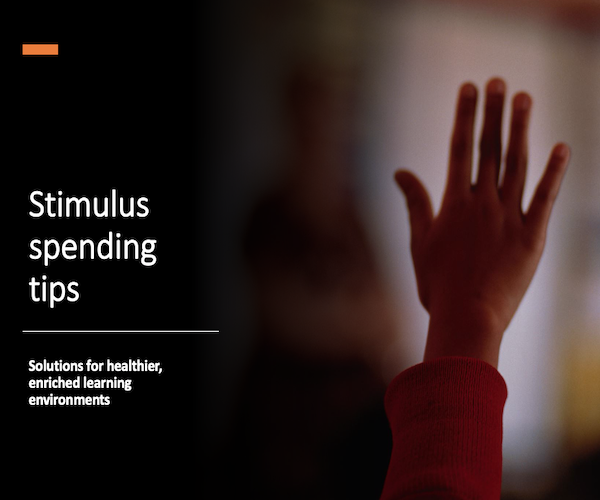For the first time in a long time, district leaders are facing fewer spending constraints as they look for innovations to move past COVID’s disruptions.
American Rescue Plan funds and previous stimulus packages can, for example, be used to purchase solutions that will help educators more quickly determine what each student needs this summer and fall.
“There’s more money in the space than there has traditionally been,” says Tyson Smith, president and CEO of Reading Horizons. “And tech tools have ramped up significantly.”
Efficiency will be crucial in reversing the increased learning loss that students have experienced, adds Debbie Smith, Curriculum Associates’ vice president of government relations.
Data from Curriculum Associates’ i-Ready assessments showed learning loss in reading was highest this winter in early grades, while students at all levels fell behind in math.
Learning loss was also greater in schools in lower-income zip codes and among students in majority Black and Latino schools.
Here’s are some concepts to consider when setting goals for stimulus spending:
1. Integrated assessment tools. Data entry is no educator’s idea of a fulfilling activity—if they even have time for it. i-Ready can assess students and then generate personalized learning plans that teachers can modify as needed, Smith says.
“Superintendents are looking for integrated solutions to go straight from assessment into instruction with a personalized learning path,” Smith says.
Stimulus funding guide
Curriculum Associates offers administrators some direction on spending ESSER funds: https://www.curriculumassociates.com/grants-and-funding/esser
i-Ready can also aid educators in developing more comprehensive learning plans and accelerated path for students who are two to three grades behind in their learning.
The platform can help identify some of the foundational skills students may have missed, Smith says.
2. Organizing small group instruction. Many educators believe small group instruction will be one of the most effective ways to personalize learning as students complete unfinished learning in the coming months.
Curriculum Associates’ curriculum tools can be deployed synchronously and asynchronously as teachers shift from direct instruction to allowing students to work independently in groups, Smith says.
3. Guiding state priorities. Curriculum Associates conducts data reviews with education officials in some states to help set priorities for allocations of resources.
For instance, i-Ready assessment data may well encourage some states to devote more resources to summer school programs, Smith says.
4. How to do true blended learning. Most administrators expect blended learning to play a much bigger role in instruction even after most students return to schools full-time.
But blended learning requires more than just adding the latest technology to a classroom, says Smith of Reading Horizons.
It requires a combination of direct instruction with technology, time for students to work independently and reinforcement of the learning with teachers, he says.
“Hopefully, we’ll see this era as a massive disruption that caused more innovation to take place across K-12,” Smith says.









